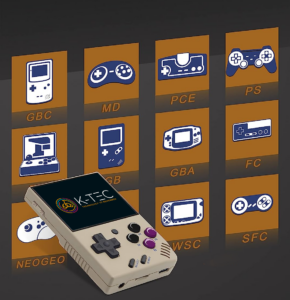
Retro gaming is having a huge resurgence, and the Miyoo Mini Plus is your ticket to the nostalgia train. This pocket-sized powerhouse combines the best of old-school consoles with modern tech. So, what can it play? Let’s dive into the vast world of games at your fingertips.
The Miyoo Mini Plus emulates consoles up to the Fifth Generation, handhelds up to the Sixth Generation, and a host of classic home computers. This is just a taste of what’s possible—it can play thousands of games in total.
The Power of Onion OS
To unlock the full potential of your device, we recommend Onion OS
We’re assuming you have Onion OS installed. If you buy your Miyoo Mini Plus from us, we install and configure it for you. It offers better performance, a seamless user experience, and access to the brilliant GameSwitcher feature. All consoles listed here are supported by Onion OS. See our on-line user guide for more info.
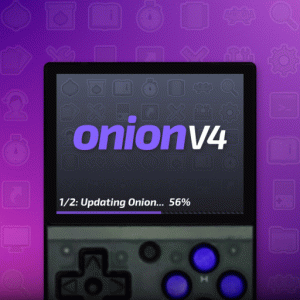
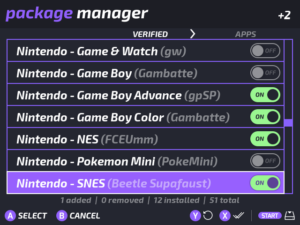
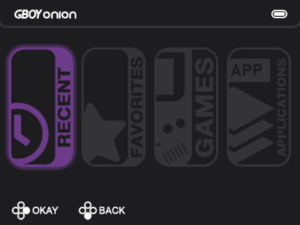
A revelation
K-TEC have configured a beautiful device. The software works smoothly, and the constant auto save feature is fantastic. Switching between games you are playing is so easy. This device has honestly been a revelation, showing just what can be achieved by a company (British – hooray!) that knows what it is doing. You pay a bit extra but that pays for the configuration which works so well. It is worth it.
~ Mark Adams.
Arcade Machines
A Journey Into Gaming’s Golden Era
The Miyoo Mini Plus can play arcade games from the earliest entries like 1975’s Gun Fight to the graphically impressive Mortal Kombat 3 from 1995. It can even play games from Capcom’s powerful CP System I, II, and III arcade machines.
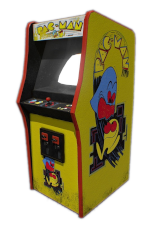
Midway, Namco, Sega
The golden age of arcades laid the foundation for the entire industry, giving us iconic franchises like Pac-Man, Space Invaders, and Donkey Kong.
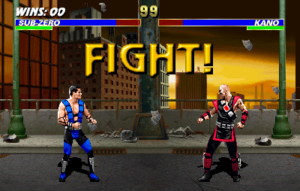
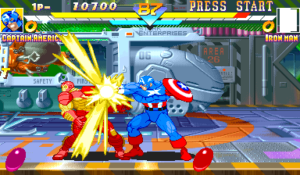
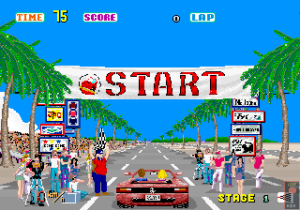
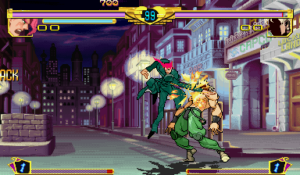
Home Video Game Consoles
Bringing the Arcade Experience Home
Second & Third Generation (8-bit)
This era marked a shift in dominance from the USA to Japan. Consoles like the NES, and Sega Master System brought us save states, larger worlds, and the D-pad, creating enduring franchises like Super Mario Bros., The Legend of Zelda, and Metroid.
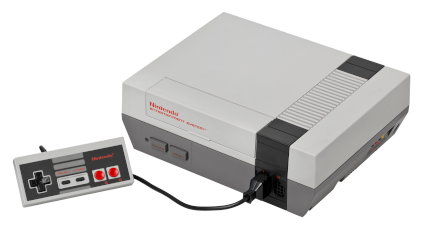
Nintendo Entertainment System (1985)
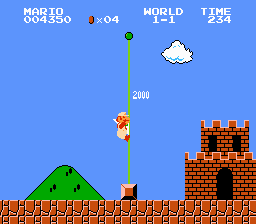
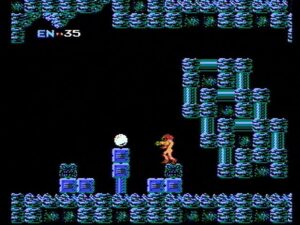
(1987)
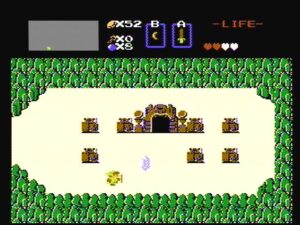
Fourth Generation (16-bit)
The “console wars” between Nintendo and Sega dominated this generation. The jump to 16-bit processors brought a huge leap in graphics and sound, leading to what many consider definitive entries like Super Metroid and Sonic the Hedgehog 2.
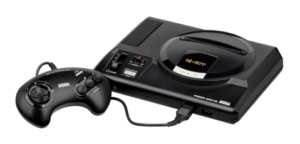
Sega Mega Drive/Genesis (1988)
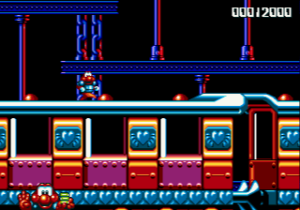
(1991)
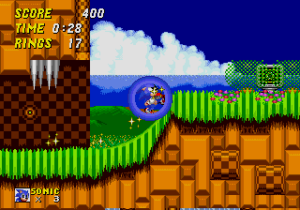
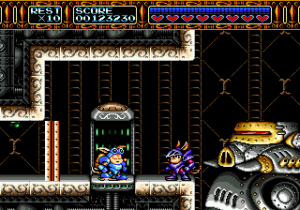
Fifth Generation (32-bit)
The Fifth Generation brought immersive 3D graphics to the mainstream. While the Miyoo Mini Plus can’t handle every console from this era, it perfectly emulates the biggest name of them all: the Sony PlayStation. Experience the birth of full 3D gaming in the home.
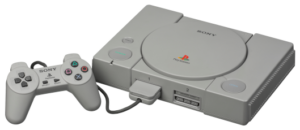
Sony PlayStation (1994)
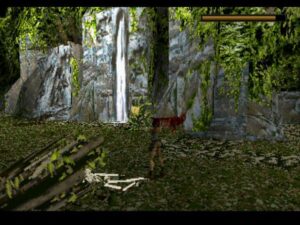
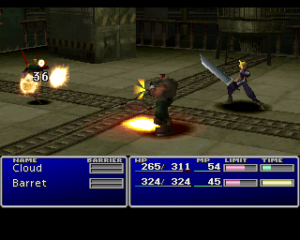

Handheld Game Consoles
Gaming on the Go
Fourth and Fifth Generations
Nintendo revolutionized portable gaming with the Game Boy in 1989. Its compact design, interchangeable cartridges, and killer app, Tetris, made it a legend. The Miyoo Mini Plus supports the entire Game Boy line, from the original monochrome to the Game Boy Color, plus competitors like the Sega Game Gear and Atari Lynx.
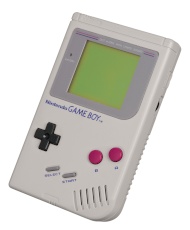
Nintendo Game Boy (1989)
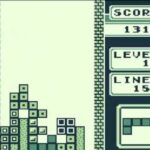
(1989)
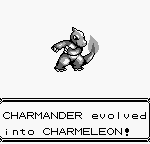
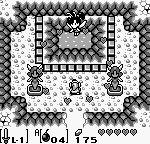
Sixth Generation
This generation saw a major step up in power and a move to the horizontal form factor that is still popular today. The 32-bit Game Boy Advance brought SNES-quality graphics to your pocket, with a massive library of incredible games.
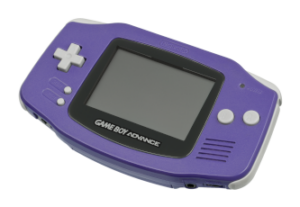
Nintendo Game Boy Advance (2001)
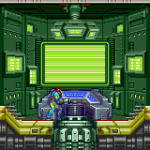
Fusion
(2002)
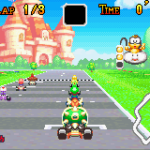
Super Circuit
(2001)
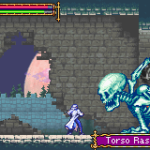
(2003)
Home Computers
From Pioneers to Pixels
For many, nostalgia means the unmistakable sound of a loading cassette tape. Relive the glory days of home computing (minus the load times) with support for classics like the ZX Spectrum, Commodore 64, and Amiga.

Commodore 64 (1982)
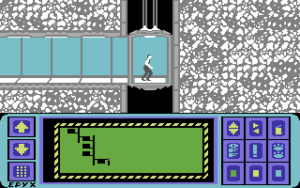
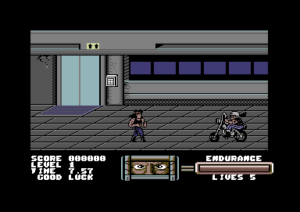
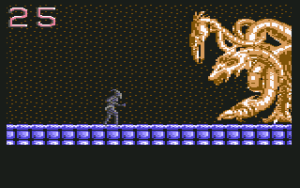
Ready to Join the Retro Gaming Revolution?
Your journey through gaming history is just one click away. Get your handheld today, pre-configured by K-TEC and ready to play right out of the box.
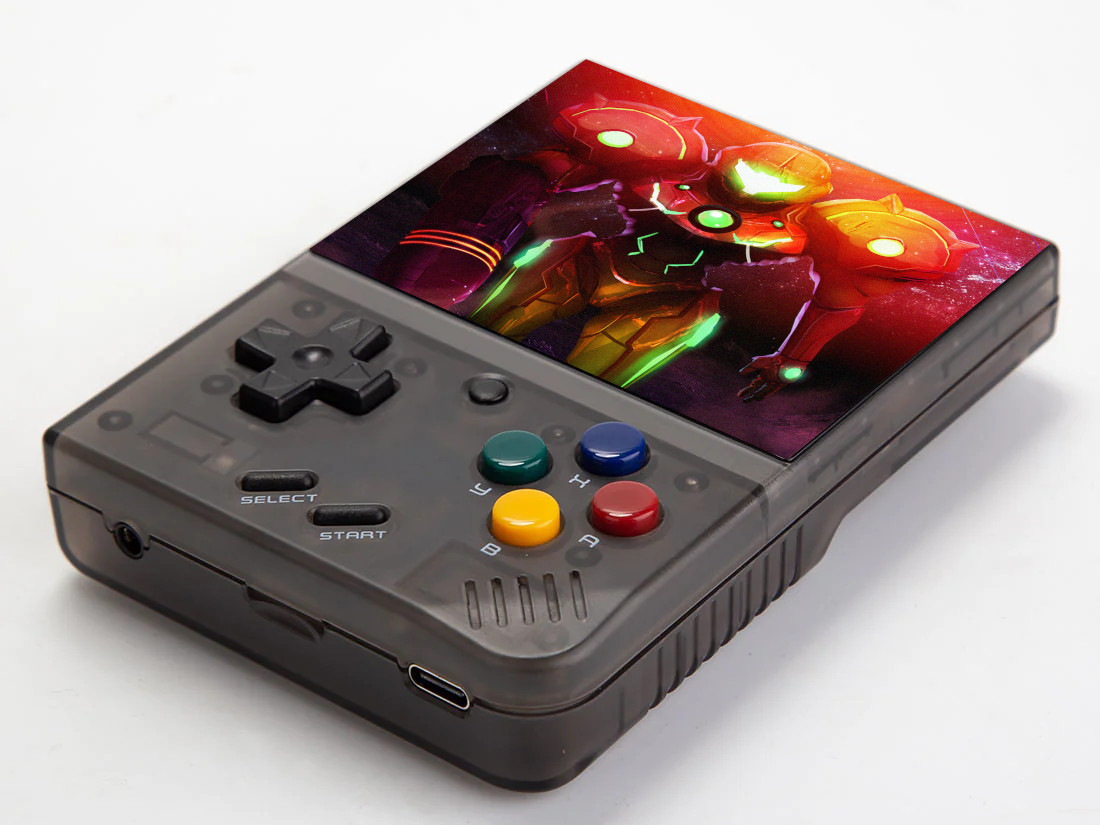

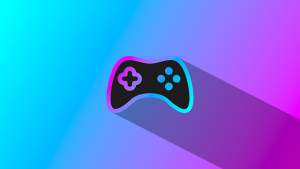

Pingback: What can the Anbernic RG405M play? - K-TEC UK